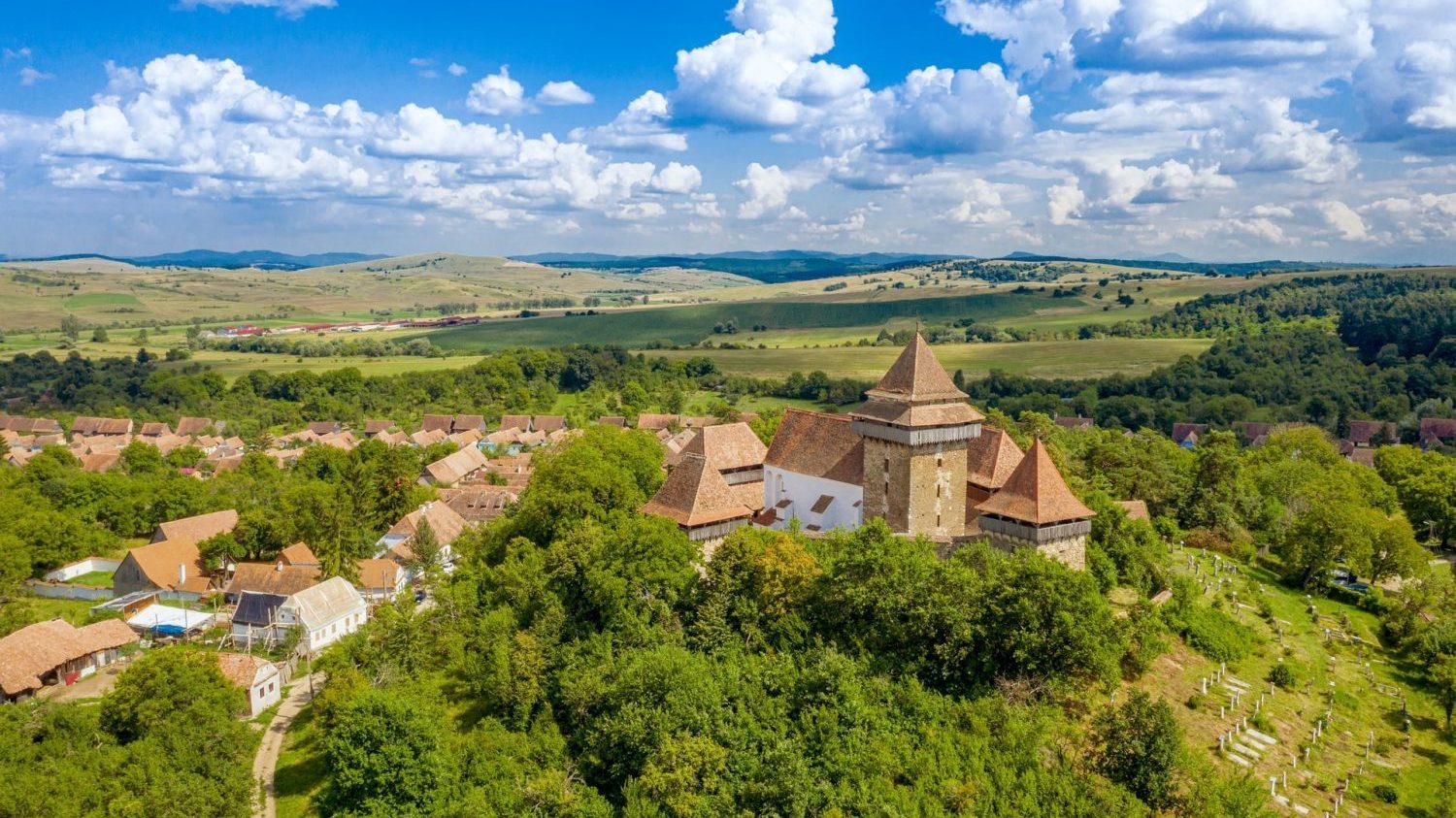The most beautiful and special traditions in Romania
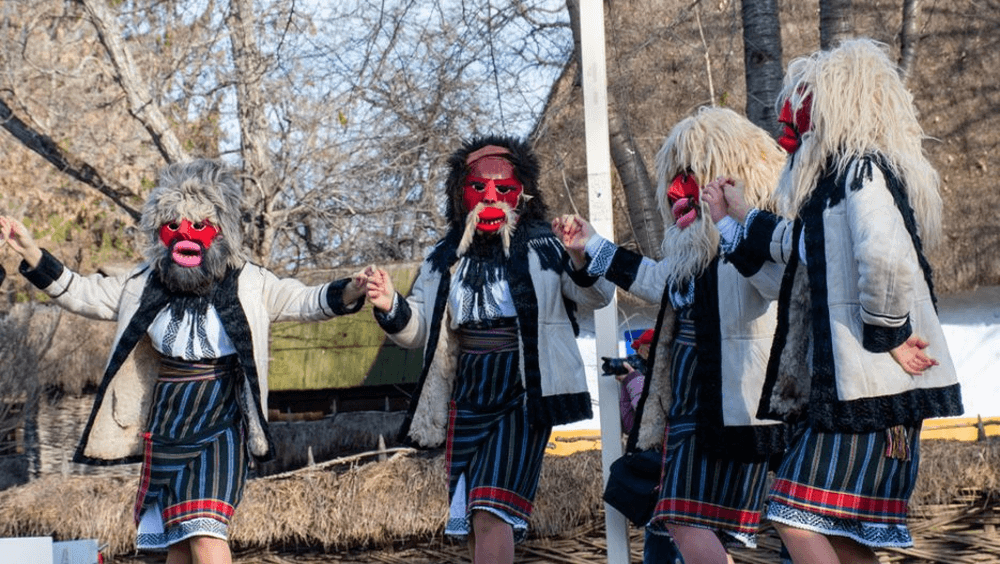
An integral part of ancestral Europe, Romania hides a treasure trove of traditions that combine history, culture and customs handed down from generation to generation. From ancestral dances that pulsate to the rhythms of the ancestors to crafts that keep alive techniques long forgotten in other corners of the world, every corner of the country has its own story to tell. Romanian traditions are not just moments of celebration, but real links between past and present, between nature and man, reminding us of our roots and teaching us to cherish what is authentic and profound.
In the lines that follow, we invite you on an exciting journey through the most beautiful and special traditions in Romania, which continue to define and inspire us.
- Romanian traditions and customs
- Christmas traditions in Romania
- New Year traditions in Romania
- Easter traditions in Romania
- Traditions and customs of Hungarians in Romania
- Saxon traditions and customs
Romanian traditions and customs
Every stage of life, from birth to eternity, is marked by customs that reflect the deep connection between man and nature, between the individual and his community. Baptism, wedding and funeral traditions are just some of the rites that enrich Romanian spirituality.
Baptism and the Ursuline fairies – the beginning of a sacred journey
Baptism is one of the most important ceremonies in a Romanian’s life, not just a simple religious act, but also a moment when the child is protected by a series of rituals that will accompany him or her throughout their life. But before they get to the church, every baptism has a series of traditions linked to the “ursulines”.
On the evening before the christening, in addition to the parents choosing godparents and preparing white clothes for the little one, relatives also gather, who will tell the child the “fairy words” – those words of wisdom and hope for his future life. Ursuline fairies are mythological beings, each with a specific role in the destiny of each being. They are invoked by magic words, and the fairies who predict a child’s future are seen as bearers of sacred energies that can influence the child’s path in life.
Wedding – the sacred bond between two people
Romanian weddings are full of meanings and customs that vary from region to region but are essentially a symbol of the bond between two souls. One of the best-loved traditions is the ‘bride stealing’, which adds a touch of playfulness and merriment to the event. Before the groom takes the bride home, there is a custom to symbolically “steal” the bride and she is “rescued” by friends or family members, at a fast pace, with lots of good cheer.
Also, at the wedding, the custom of the bride and groom ‘sharing’ bread and salt is a promise to face life together, in all its good and not so good moments.
▶️ Set off on the road with your loved ones and discover the magic of a Romanian-style vacation! Rent a car from Enterprise Rent-a-Car and explore places where time seems to have stood still – Romania awaits you with vivid stories and authentic traditions.
Dragobete – a celebration of love and nature
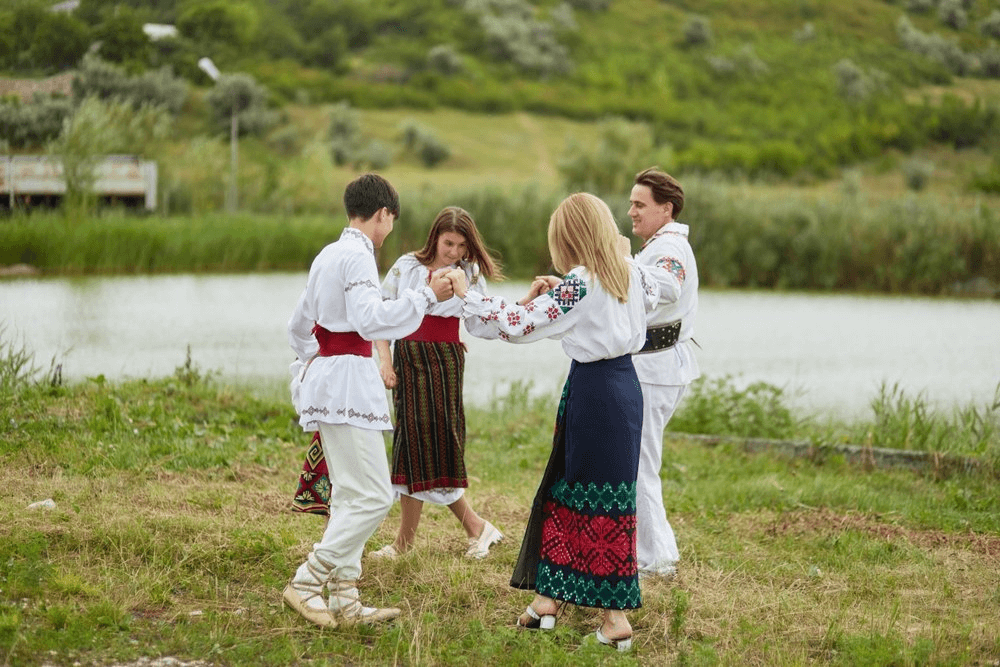
On February 24, Romanians celebrate Dragobetele, the Romanian equivalent of Valentine’s Day. Tradition has it that on this day, young people gather at the edge of the forest to pick flowers and celebrate pure love, full of hope and longing.
Boys and girls often symbolically find their mates, with the thought that their love will last throughout the year. This is a time when nature comes to life and young people feel love taking deep roots.
Babele and Drăgaica – the link with old times
As the calendar turns, Romanians are increasingly aware of the deep connection they have with divinity and nature. Two holidays that highlight this are Babele, celebrated between March 1 and 9, and Drăgaica, a tradition celebrated on the day of the summer solstice.
‘Babele’ are the nine days when the weather changes, each of which carries significance related to the weather at the time. In popular tradition, each ‘old woman’ or ‘old hag’ has a distinctive character and, depending on the weather that day, it is said that the state of the life of the person who has chosen it will be the same.
Similarly, Drăgaica is a celebration of fertility and love, when young people dance in circles, pray for good harvests and for the protection of the earth.
Summer and winter Masses – remembering the departed
In Romanian tradition, the summer (usually celebrated in May) and winter (around Christmas) Masses are moments of recollection and remembrance of those who are no longer with us.
Throughout history, these days have been marked by visits to graves, the lighting of candles and offerings of food for the departed. Families gather together, pray for the souls of the departed and renew their connection with their ancestors, thanking them for the teachings they left behind.
Christmas traditions in Romania
Christmas in Romania is a magical celebration, where every corner of the country preserves customs and traditions that link the past with the present. From carols on Christmas Eve to rich meals and traditional games, every gesture has a deep meaning and every family adds its own ritual to this great celebration.
Christmas Eve – preparations and expectations
On Christmas Eve, housewives in many parts of the country prepare the Christmas table with great care. It is said that on this day, the souls of loved ones who are no longer with us come to spend with family. Thus, a place is left at the table and a sweet bread and a glass of water are placed to give those who have gone before a place of honor and a glass of water to quench their thirst. This tradition is particularly common in rural areas of Moldova and Bucovina.
Carols – heralds of the Nativity
Christmas carols are the night of Christmas Eve. Groups of children and young people, dressed in traditional costumes, go from house to house singing carols to proclaim the birth of the Savior. In exchange for their carols, the hosts offer them colas, apples, nuts or money.
In some regions, carol singers carry the star, a symbol of the birth of Jesus, while in others they are accompanied by characters such as the goat or the bear, which bring good luck and prosperity.
▶️ If you need ideas for your next winter vacation, find inspiration in the article The most beautiful places for winter trips in Romania.
Viflaim – popular Christmas theater
In Maramureș and Bucovina, Viflaim is a centuries-old tradition. It is a popular theater play in which scenes from the birth of Jesus are re-enacted, with characters such as Mary, Joseph, the shepherds and the Magi. The play is performed on Christmas Eve and is an occasion to bring the community together and preserve traditions.
The pig’s alms – the ritual of slaughter
In many villages in Romania, the slaughtering of the pig on Ignat is an important custom. After slaughter, the meat is prepared in various ways: sausages, drumsticks and other traditional dishes. These are served on Christmas Day, and the leftovers are given to the needy as a sign of generosity and solidarity.
Christmas traditions and customs in Romania
On Christmas Eve, there are various superstitions and customs designed to bring good luck and prosperity in the coming year. For example, it is said that if you clean your house on this day, the coming year will be prosperous. It’s also important not to sleep sound asleep on Christmas Eve to avoid attracting evil spirits.
New Year traditions in Romania
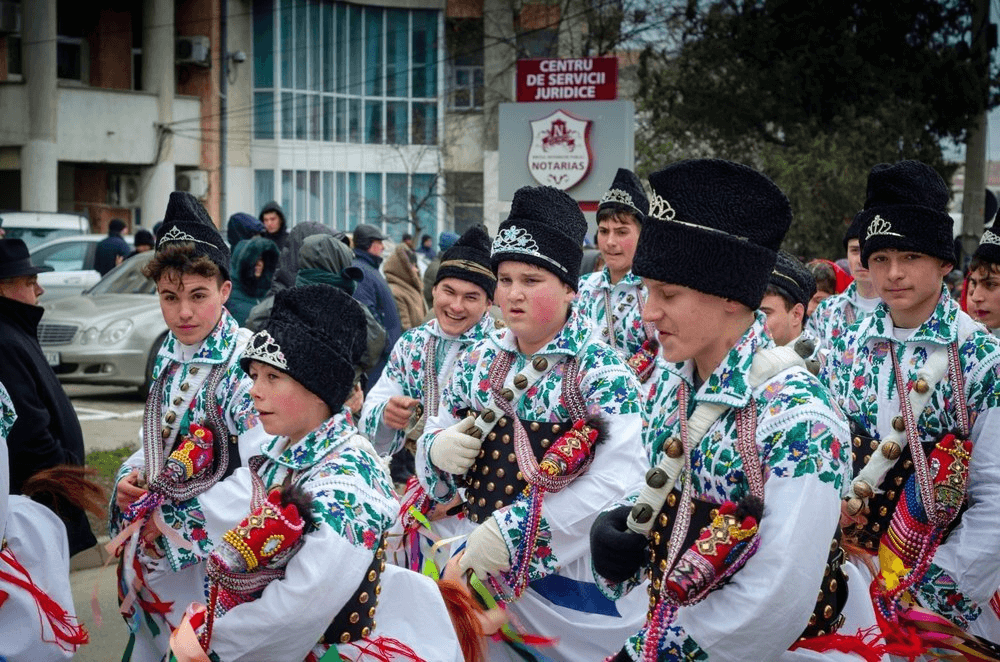
New Year in Romania is a celebration full of traditions and customs that vary from region to region but have in common the desire to mark the end of one cycle and the beginning of another. In all corners of the country, Romanians observe certain rules to bring good luck and prosperity in the new year.
The plow – a wish for plenty
One of the oldest New Year’s traditions is the ‘Plow’, a custom of agrarian origin, symbolizing the wish for fruitfulness and prosperity in the New Year. Young people, dressed in traditional clothes, go from house to house singing songs of greetings evoking the ‘plough,’ a symbolic plow that ‘ploughs’ in the coming year.
Sorcova – wishing you good health
„Sorcova” a custom practiced mainly by children, who gather in groups and go to the houses of their acquaintances on the first day of the year to wish them good luck and a better year.
The Sorcova is originally a noia that each child decorates as he or she likes, with flowers, colored paper or even tassels. After making their wishes, the children receive gifts: sweets, fruit, chocolates or money.
Onion calendar – predicting the weather
In some regions, people use onions to predict the weather for the coming year. They cut an onion into 12 pieces, each representing a month of the year, and sprinkle salt on them. Depending on how much water collects in each piece, they predict whether that month will be rainy or dry.
Burial of the Year – the symbolic renewal of time
The “Burial of the Year” is a custom that is still practiced today in certain parts of the country, which consists in the symbolic renewal of time, a ceremony that takes place on the night between the years. It is said that time is born each year, grows young, matures, then grows old and dies, to make way for another 365 days.
Easter traditions in Romania
Easter in Romania is a deeply religious holiday, but also an occasion to celebrate traditions and customs that have been handed down from generation to generation. Every corner of the country preserves specific rituals, combining Orthodox faith with pre-Christian symbols and the desire to bring good health and abundance into people’s homes.
Egg painting – symbol of the Resurrection

One of the most iconic Easter customs is egg decorating. They are painted in bright colors, each hue having a special meaning. Red symbolizes the blood of Christ, blue – the sky, yellow – the sun and green – hope.
In some regions, eggs are decorated with traditional motifs, such as braids, flowers or spirals, using techniques hundreds of years old. These eggs are then given to loved ones or used in ritual games, such as ‘egg clashing’, which symbolizes the defeat of death and the triumph of life.
▶️ For a 25€ discount on your next rental, please subscribe to the Enterprise Romania newsletter.
Holy Light – brought to the homes of the faithful
On Resurrection night, the faithful go to church to take the ‘Holy Light’, which is taken home and used to bless the home. This light symbolizes the victory of light over darkness and life over death.
In some areas, it is customary for all family members to light a candle from this flame and keep it lit until morning, as a sign of Christ’s Resurrection and divine protection.
Easter meal – a feast of traditions
The Easter table is a culinary feast, with traditional dishes such as cozonac, pasca, drob and lamb. Each of these dishes has a symbolic meaning: the pastry represents the body of Christ, the pastry is a symbol of abundance, the drob symbolizes spiritual protection and the lamb is considered the ultimate sacrifice. These dishes are prepared with great care and love, and the meals are a welcome opportunity for family gatherings and sharing the joy of the Resurrection.
Regional traditions – diversity and authenticity
In different regions of the country, Easter is marked by specific customs. For example, in Transylvania, girls getting married are visited by boys who “anoint” them with perfume or water to preserve their beauty and freshness.
In Bihor, on Maundy Thursday, sacred fires are lit in cemeteries, and in Moldova, unmarried girls go to church to wash the bell tower with fresh water and then wash their faces with the same water, so that boys will be looking for them in the coming year.
Traditions and customs of Hungarians in Romania
The Hungarian communities in Romania, especially in Harghita, Mures and Covasna counties, have faithfully preserved traditions and customs that reflect a deep connection with nature, spirituality and everyday life. These customs are handed down from generation to generation and are an essential part of the cultural identity of Hungarians in Romania.
‘Bethlehem’ and ‘Girl Whipping’ – Christmas customs
At Christmas time, young people in Hungarian communities go from house to house with the ‘Bethlehem’, a representation of the birth of Jesus, and the ‘Whipping of the Girls’, a custom where boys, dressed in traditional costumes, dance and sing to bring good luck and prosperity. These customs are accompanied by carols and good wishes, and the hosts reward the dancers with sweets, peanuts, fruit or money.
▶️ If you witness these beautiful customs of the Hungarian community, post some photos on Instagram and give us TAG, so we can enjoy together what you’ve seen on your travels by car!
The “Angel” – the bringer of Christmas trees and presents
Unlike the Romanian tradition, where Santa Claus brings presents, in Hungarian communities in Romania, the Christmas tree and gifts are brought by the “Angel”. Children learn about this custom from their parents and look forward to Christmas Day to discover the decorated Christmas tree and the presents left under it. This tradition emphasizes the importance of spirituality and religious symbols during the winter holidays.
“Borița” – the traditional Christmas dance
In villages in the Tarlungeni area of Brasov county, such as Zizin and Purcăreni, a traditional dance unique in Hungarian culture, called “Borița”, is preserved. This dance, performed by young people at Christmas time, celebrates the birth of Jesus and strengthens the bonds of community.
“Advent Wreath” – preparing for Christmas
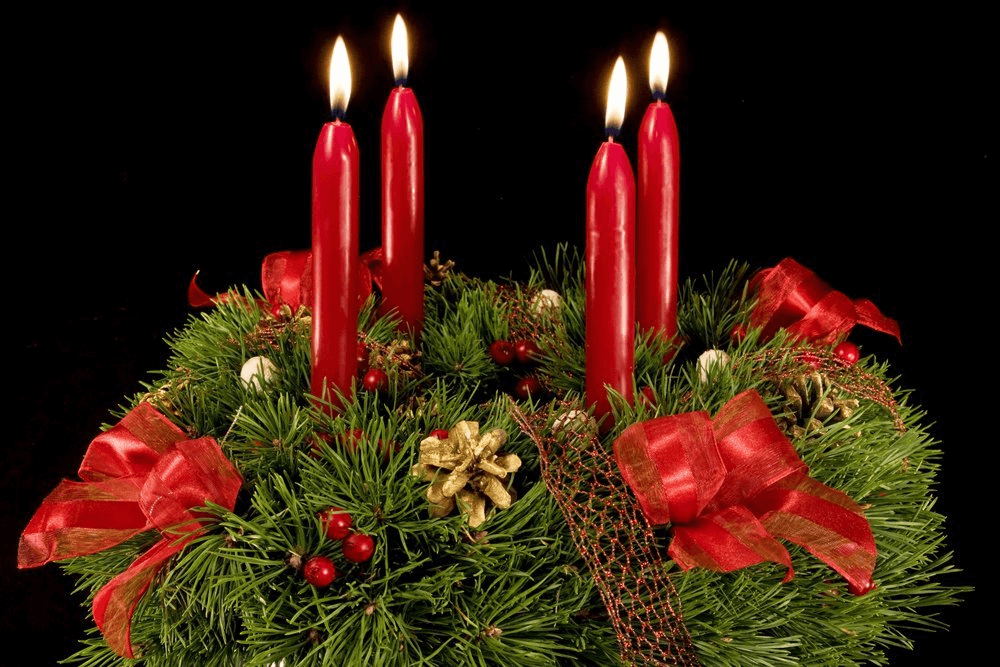
Before Christmas, it is customary in the Hungarian Catholic and Reformed communities to light the Advent wreath, a wreath with four candles, one for each Sunday of Advent. This practice symbolizes the expectation of Jesus’ birth and is a time for reflection and prayer in the family.
„Turca” – carol with mask
In some areas of Mures county, such as Ibănești, Lueriu and Moișa, young people carol with “Turca”, a mask depicting a goat’s head, made of leather and fur, accompanied by the sounds of bells and whistle. This custom has pre-Christian roots and is meant to chase away evil spirits and bring fertility and abundance to households.
Saxon traditions and customs
The Transylvanian Saxon communities, with deep roots in the Middle Ages, have preserved a number of traditions and customs that reflect a community life closely linked to the rhythms of nature, spirituality and traditional crafts.
„Kirchweih” – Feast of the Church
„Kirchweih” or ‘Church Day’ is an important celebration in the Saxon communities, dedicated to the anniversary of the feast day of the local church. It includes religious services, processions and a fair with traditional products. It is an opportunity to strengthen community ties and celebrate religious heritage.
„Erntedankfest” – Harvest festival
„Erntedankfest” is a celebration dedicated to gratitude for the year’s harvest. Saxon communities organize parades decorated with fruit and flowers, followed by communal meals and traditional dances. This celebration shows respect for nature and the importance of agriculture in community life.
„Lichtert” – Christmas light
At Christmas time, Transylvanian Saxons have the custom of lighting the “Lichtert” or “Christmas Light”, a large candle decorated with fir branches and dried flowers. It is placed in front of the house to welcome carolers and bring protection to the household.
▶️ Surely, the best way to participate in the wonderful Saxon traditions of Transylvania is to stay at the Valea Verde Retreat, where you can enjoy the charm of a quiet traditional village life with all the comforts you need.
„Fasching” – The Saxon Carnival

„Fasching”, or the Saxon Carnival, is a period of merriment and fun before Lent. This celebration is characterized by parades with masks and colourful costumes, dancing and parties, and is a time of liberation and fun for the whole community. Traditional masks are often inspired by legendary characters or from everyday life, and in some areas street games or competitions are organized.
Wherever we come from and whatever traditions we follow, the festive season is a time to connect with our roots and share joy with our loved ones. What’s more, Romanian traditions and customs are part of our cultural treasure, adding charm and authenticity.
Sursa foto: Shutterstock





